This building opens up a series of secrets below.
In the vast grassland of Zhangjiakou, Hebei Province, China, there is a building standing alone in the grassland – which has been a hot topic of discussion among the townspeople year after year.
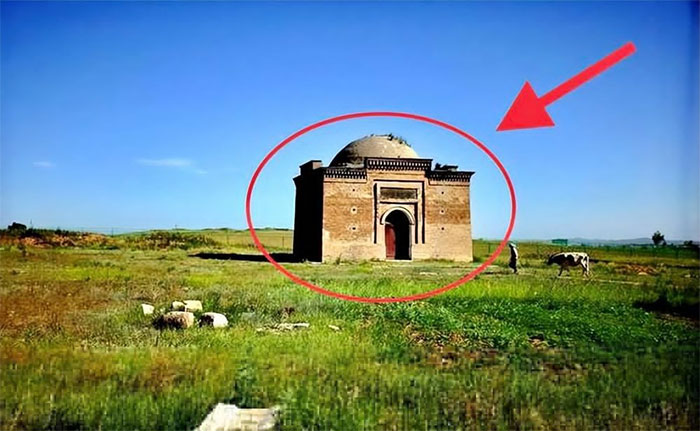 The existence of this building has always been full of mystery and it is associated with many different legends.
The existence of this building has always been full of mystery and it is associated with many different legends.
First of all, the location of this building is very strange. It stood alone in a large space, but without any protection around it. This aroused the intense curiosity of many people.
Second, the building’s characteristics are also quite strange , facing south, with a dome on top and a unique classical European architectural style.
Finally , the legend of the building is even more mysterious.
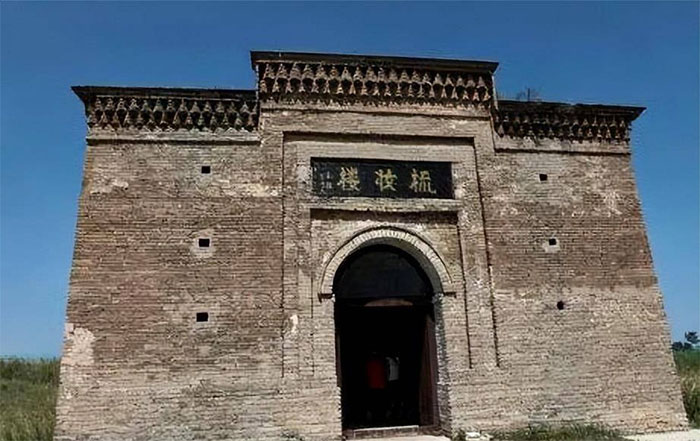 There is a theory that this building was actually left by Kublai Khan, containing a secret passage leading to his palace, and it is said that there is also a large amount of treasure buried there. there.
There is a theory that this building was actually left by Kublai Khan, containing a secret passage leading to his palace, and it is said that there is also a large amount of treasure buried there. there.
However, there is also another theory that it is a “dressing room” because it was said to be built for Queen Mother Tieu – a concubine of Emperor Muc Tong Ly Hang – to change her clothes.
In 1999, the Cultural Relics Bureau of Hebei Province organized archaeologists to conduct archaeological research at the building in Zhangjiakou to solve the mystery of this strange place.
The archaeological team discovered a cavity below the room that is believed to be Queen Mother Tieu’s dressing room. They began to dig deeper.
As the excavation progressed to a larger area, they discovered the remains of three similar buildings surrounding the “dressing room”. However, the excavation progress stalled and the archaeological team got lost in the problem of how to excavate this mysterious complex.
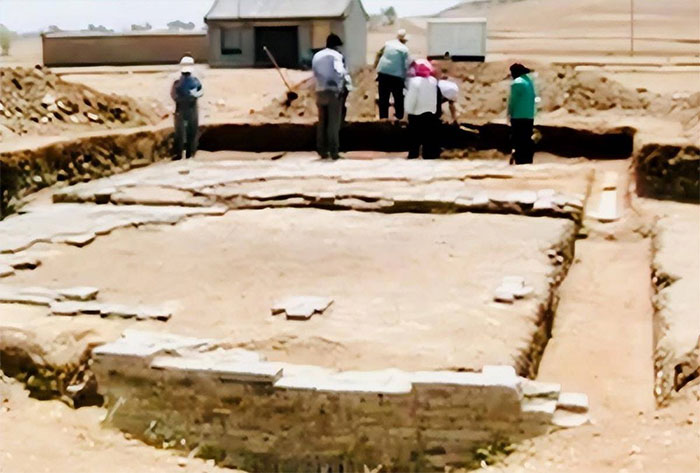 Following clues from nearby villagers, the archaeological team discovered tombs in an area not far from the “dressing room” . This discovery led them to speculate whether the “dressing room” might also be a tomb.
Following clues from nearby villagers, the archaeological team discovered tombs in an area not far from the “dressing room” . This discovery led them to speculate whether the “dressing room” might also be a tomb.
So they went back inside the “dressing room” to do more research.
When they explored the green bricks on the ground, they suddenly found signs that there might be a tomb here. After carefully studying the foundations of the “dressing room”, they believed that the building could have been built after the mausoleum was completed.
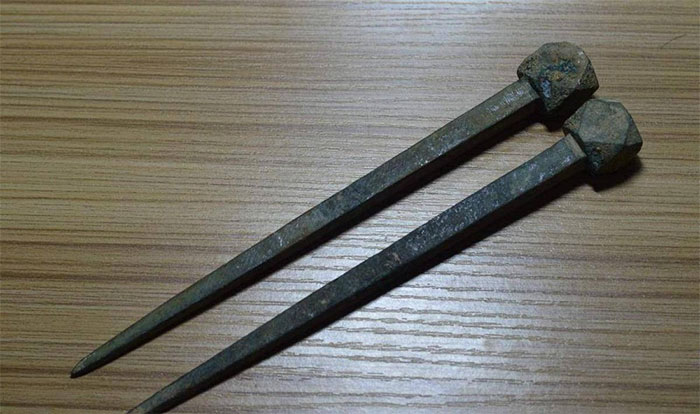 During excavations, coffin nails, silk , and other objects were discovered in the tomb, confirming that this was indeed the ground floor hall of a mausoleum .
During excavations, coffin nails, silk , and other objects were discovered in the tomb, confirming that this was indeed the ground floor hall of a mausoleum .
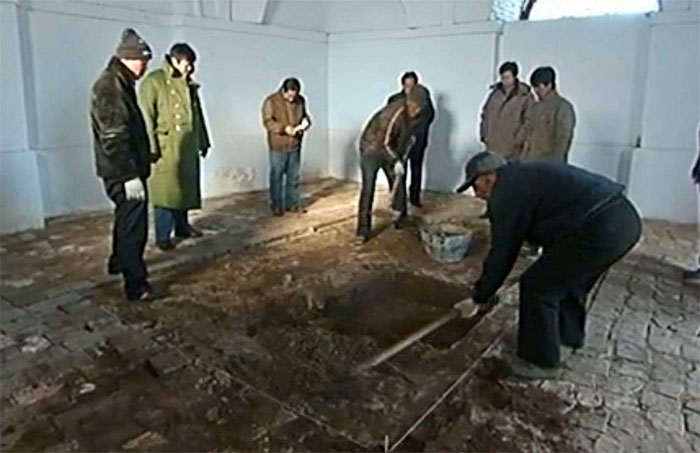 To reveal the true identity of the tomb’s owner, archaeologists conducted in-depth research.
To reveal the true identity of the tomb’s owner, archaeologists conducted in-depth research.
Through discoveries on the inscriptions, they unlocked the secret about the tomb’s owner. They were surprised to discover that this was a family mausoleum of a tribe of the Yuan Dynasty ( the successor state of the Mongol Empire), the owner of the tomb was actually an important mandarin of the Yuan Dynasty.
This person was the grandson of Kublai Khan , famous for being multi-talented in both civil and military matters and who accomplished many great military victories for the Yuan Dynasty.
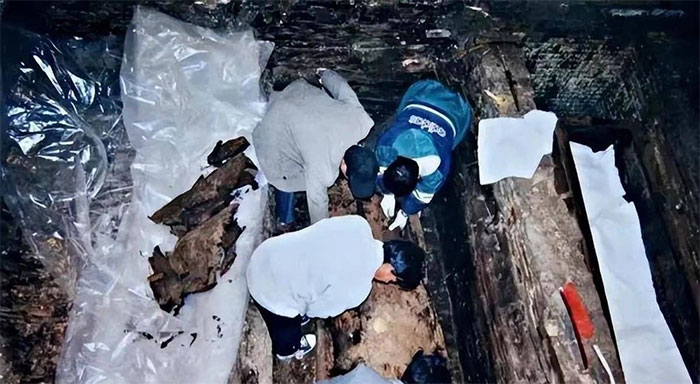 However, archaeological experts still face an unsolved mystery: Why build an ancient building on top of a tomb?
However, archaeological experts still face an unsolved mystery: Why build an ancient building on top of a tomb?
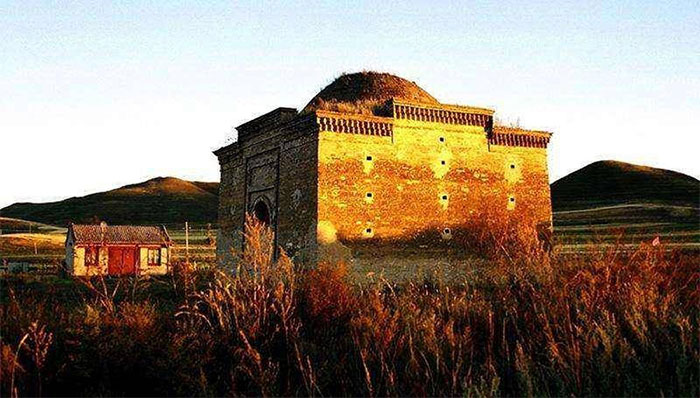 Experts who consulted new historical documents found that Mongolian nobility often used “secret tombs” to hide the location of their tombs. However, before his death, the owner of the tomb still chose to build this structure to show the strength of his family.
Experts who consulted new historical documents found that Mongolian nobility often used “secret tombs” to hide the location of their tombs. However, before his death, the owner of the tomb still chose to build this structure to show the strength of his family.
This ancient structure has seen changes over the years and carries with it the memory of history. This is not only the ground floor hall of the mausoleum, but also a symbol of the Yuan family, demonstrating the architectural level and strength of the Mongolian nobility at that time.
This discovery provides valuable information about Yuan history and Mongolian culture.





